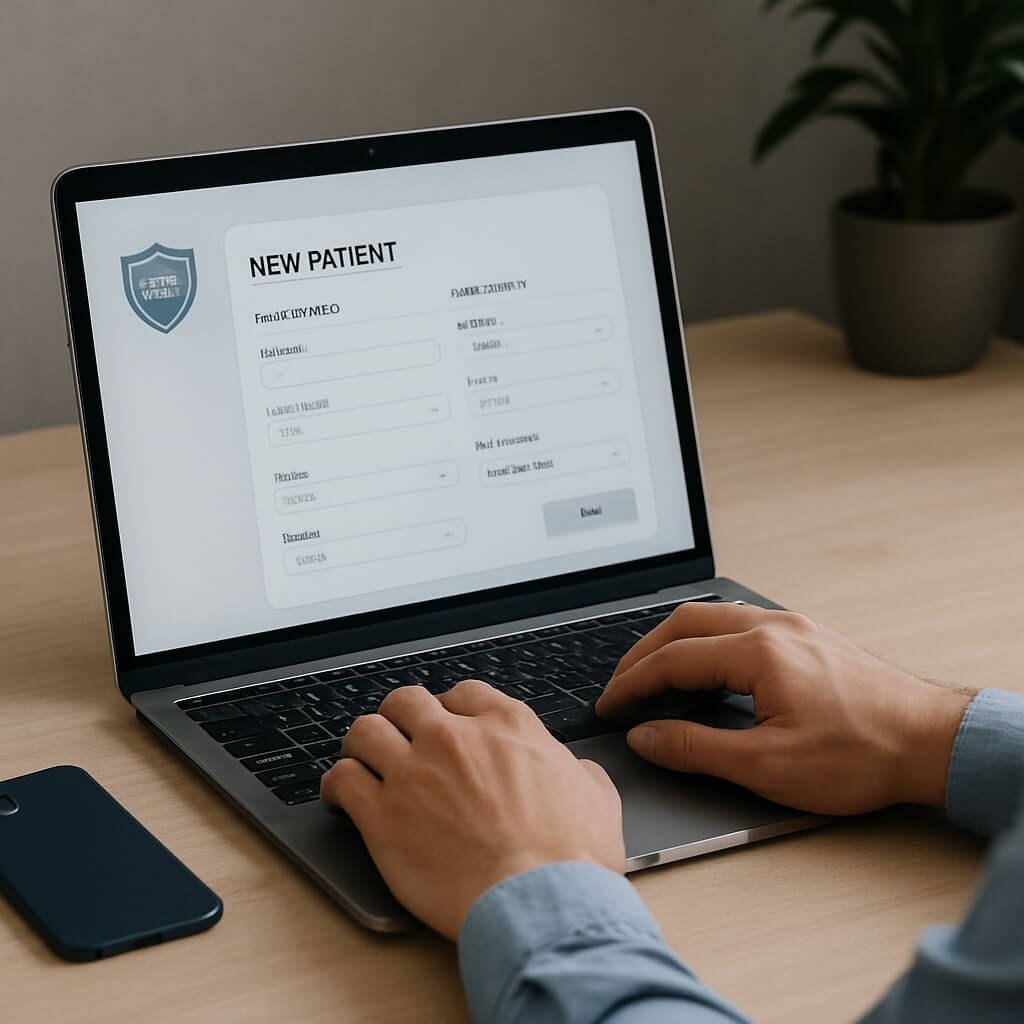In today’s fast-paced digital healthcare environment, building HIPAA-compliant applications quickly and efficiently is more critical than ever. Clinics and healthcare startups need secure digital solutions that protect patient privacy, improve workflows, and comply with regulatory mandates, without months of complex development.
This article will guide you through the best strategies to rapidly build HIPAA-compliant apps, the essential features required, and the tools that can help you launch confidently and legally. Whether you’re a clinic manager, healthcare IT lead, or software entrepreneur, this is your roadmap to delivering compliant solutions fast without compromising security.
Why HIPAA Compliance Matters
HIPAA (Health Insurance Portability and Accountability Act) sets the standard for protecting sensitive patient data. Any organisation that handles protected health information (PHI) must ensure that administrative, physical, and technical safeguards are in place.
Non-compliance can result in:
- Hefty fines (up to $1.5 million per year)
- Reputation damage
- Loss of patient trust
For clinics building apps for patient management, telehealth, or records storage, compliance is not optional—it’s mandatory.
Key Features of a HIPAA-Compliant App
To be HIPAA-compliant, your app must include:
1. Data Encryption
All PHI must be encrypted both at rest and in transit using industry-standard protocols like AES-256 and TLS 1.2 or higher.
2. Access Control & Authentication
Implement role-based access controls, multi-factor authentication (MFA), and audit trails to track every user’s interaction with data.
3. Audit Logging
Maintain detailed logs of who accessed what data, when, and what changes were made. This ensures accountability and forensic readiness.
4. Secure Hosting
Deploy your app on HIPAA-compliant cloud infrastructure (such as AWS, Azure, or GCP with Business Associate Agreements).
5. Backup & Disaster Recovery
Automated, encrypted backups with a recovery plan ensure data availability during outages or cyberattacks.
Fast-Track Your HIPAA App Development: Proven Strategies
1. Use HIPAA-Compliant Backend-as-a-Service (BaaS)
Services like Firebase (HIPAA-compliant with custom configuration), AWS Amplify with Cognito, or TrueVault offer compliant infrastructure, saving you time on setup.
2. Rapid Prototyping with Low-Code Platforms
Leverage tools like OutSystems, Mendix, or Retool with HIPAA-compliant environments to accelerate development—ideal for MVPs and internal tools.
3. Prebuilt UI Kits and Modules
Speed up front-end development by using libraries or modules specifically designed for medical forms, appointment systems, or chat features.
4. Third-Party Integration with Compliant APIs
Incorporate EHR/EMR integration (e.g., Epic, Cerner), telehealth APIs (e.g., Vonage, Twilio), or secure payment processors that already comply with HIPAA.
5. Contract a HIPAA Consultant or Legal Partner
During development, involve a HIPAA specialist to review your architecture and ensure end-to-end compliance.
HIPAA Compliance Checklist for Developers
- Sign Business Associate Agreements (BAAs) with all vendors
- Encrypt all PHI (rest and transit)
- Implement access logging and audits
- Use secure user authentication and session management
- Conduct regular vulnerability scans and penetration tests
- Build a breach notification and incident response plan
Launching Your HIPAA App: Testing and Deployment
Before going live:
- Conduct a full HIPAA risk assessment
- Use sandbox testing with dummy PHI
- Prepare documentation for policies and procedures
- Train staff on HIPAA protocols and app usage
Once deployed, maintain continuous compliance with updates, audits, and security reviews.
FAQs: Building HIPAA-Compliant Apps
What is PHI?
Protected Health Information includes any medical data that can identify a patient—such as names, diagnoses, lab results, insurance numbers, and even IP addresses if linked to health data.
Do I need a BAA with every vendor?
Yes. Any third-party service that may handle PHI (e.g., hosting, email, analytics) must sign a Business Associate Agreement to share liability for compliance.
Can I use Firebase or AWS?
Yes, but you must configure services properly and sign BAAs with Google or Amazon. Not all services on these platforms are automatically compliant.
How long does it take to build a HIPAA-compliant app?
With modern tools, it’s possible to develop and launch a secure MVP in 4–8 weeks, depending on complexity, team size, and readiness.
What’s the penalty for non-compliance?
Fines range from $100 to $50,000 per violation, with a maximum of $1.5 million annually. In severe cases, criminal charges may apply.
Conclusion: Build Smart, Secure, and Fast
Building HIPAA-compliant apps doesn’t need to be a year-long project. With the right tools, prebuilt solutions, and strategic planning, clinics can deploy secure digital tools rapidly to improve care and efficiency while staying fully compliant.
If you’re starting your build, follow the roadmap above to deliver faster, smarter, and safer health tech solutions in 2025 and beyond.






